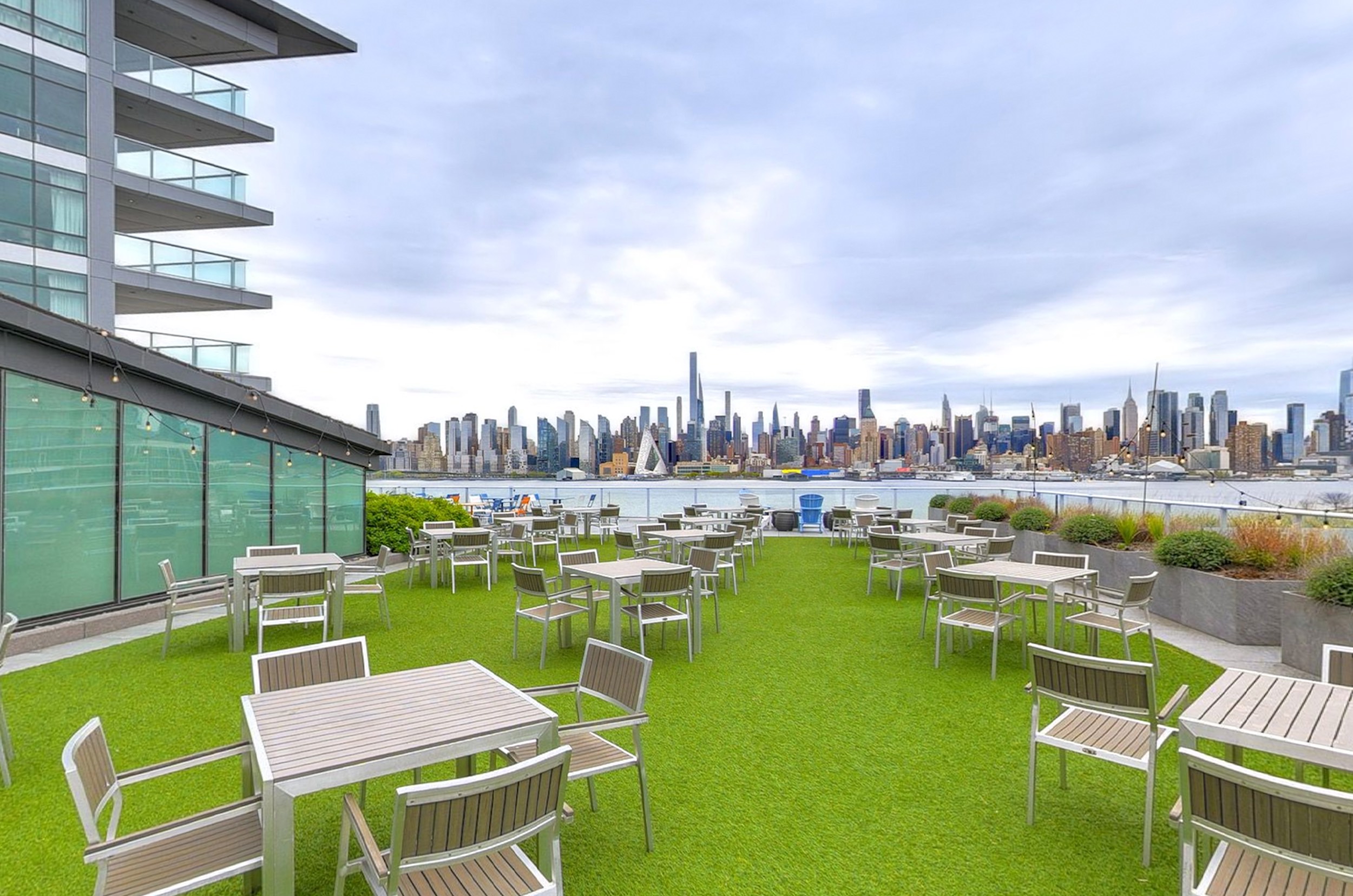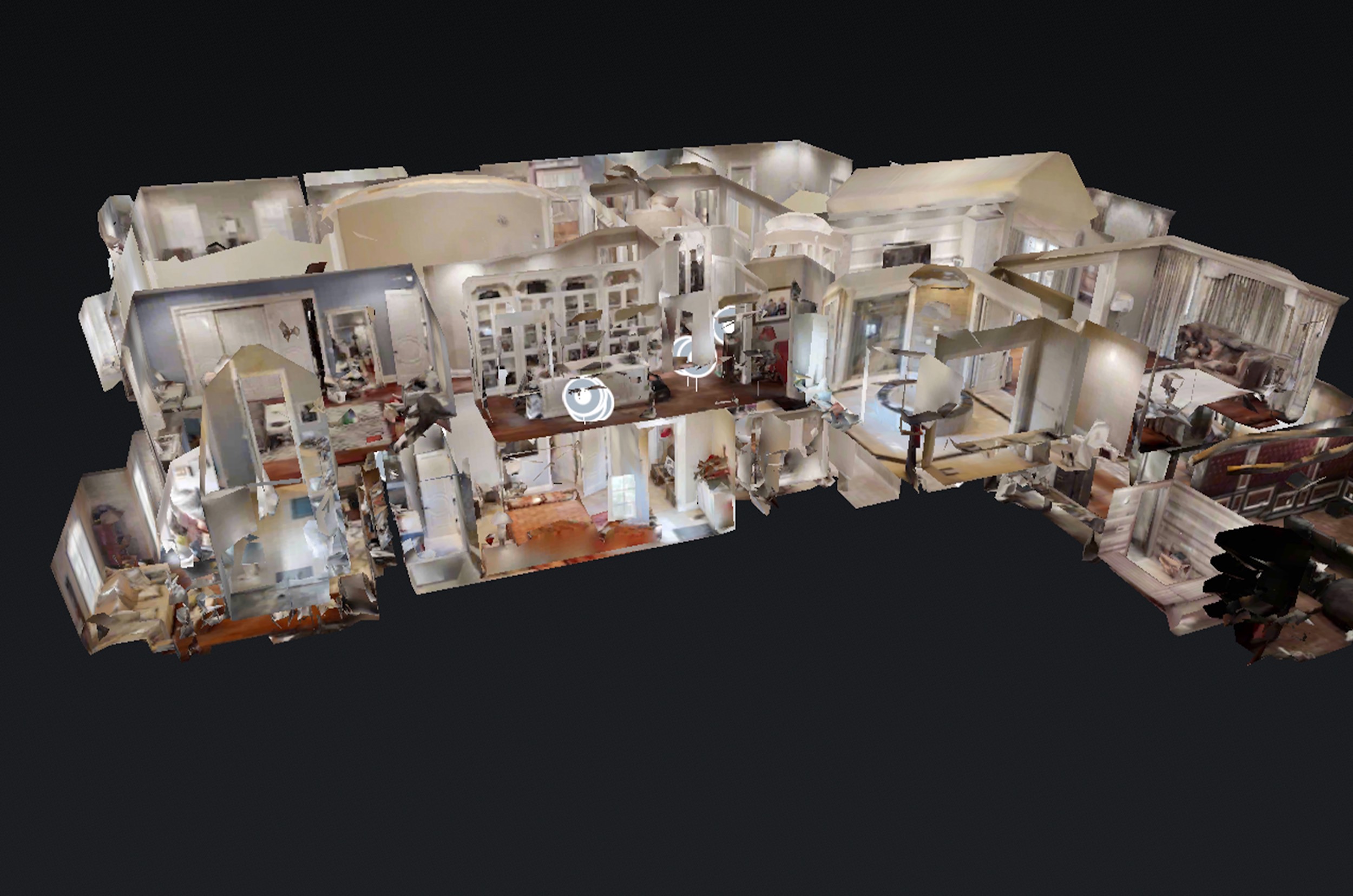Virtual tours have become increasingly popular in recent years, providing an immersive and interactive way for people to explore locations without ever leaving their homes. With the rise of 360 virtual tour technology, businesses and organizations can showcase their spaces in stunning detail and provide a memorable experience for their audiences.
However, many people are still unaware of the full potential of virtual tours beyond just real estate listings. In this blog post, we will explore some creative ways to use interactive 360 virtual tours.
- Museums and Exhibitions One of the most exciting applications of 360 virtual tours is in the museum and exhibition space. Many museums and galleries have already started offering virtual tours of their exhibits, providing visitors with an opportunity to explore their collections in great detail. However, with 360 virtual tours, museums and galleries can provide an even more immersive experience, allowing visitors to feel as if they are walking through the exhibition space themselves.
- Event Venues Event planners can benefit greatly from using 360 virtual tours to showcase their venues. Event venues, such as hotels, conference centers, and event spaces, can provide a virtual tour of their space, highlighting the unique features and layouts. By doing so, event planners can help clients envision their events, plan layouts, and make informed decisions.
- Schools and Universities Schools and universities can also benefit from using 360 virtual tours. Prospective students and parents can explore the campus, facilities, and dormitories, getting a feel for what the school has to offer. Additionally, schools and universities can use virtual tours to create interactive maps, highlighting different points of interest and important locations on campus.
- Historical Sites and Landmarks 360 virtual tours can also be used to showcase historical sites and landmarks. By providing a virtual tour of a site, visitors can explore and learn about the history of the location. This can be especially helpful for sites that are difficult to access, allowing people to experience the site without physically being there.
- Retail Spaces Retail businesses can use 360 virtual tours to showcase their stores and products. By providing a virtual tour of the store, customers can explore the space and see what products are available before ever stepping foot in the store. This can be especially helpful for businesses that sell products that are difficult to showcase online.
- Restaurants Restaurants can also benefit from using 360 virtual tours to showcase their dining spaces. By providing a virtual tour of the restaurant, customers can see the ambiance, decor, and layout of the space before making a reservation. Additionally, restaurants can use virtual tours to showcase their menus, allowing customers to see what dishes are available.
- City Tours 360 virtual tours can also be used to create interactive city tours. By providing a virtual tour of different locations throughout the city, visitors can explore and learn about different landmarks, neighborhoods, and attractions. This can be especially helpful for tourists who want to get a feel for the city before visiting.
In conclusion, 360 virtual tours offer a wide range of possibilities for businesses and organizations looking to showcase their spaces in an immersive and interactive way. From museums and event venues to schools and restaurants, virtual tours can provide a memorable experience for visitors and help businesses and organizations stand out from the competition. By embracing the potential of 360 virtual tours, businesses and organizations can provide a unique and engaging experience for their audiences.







